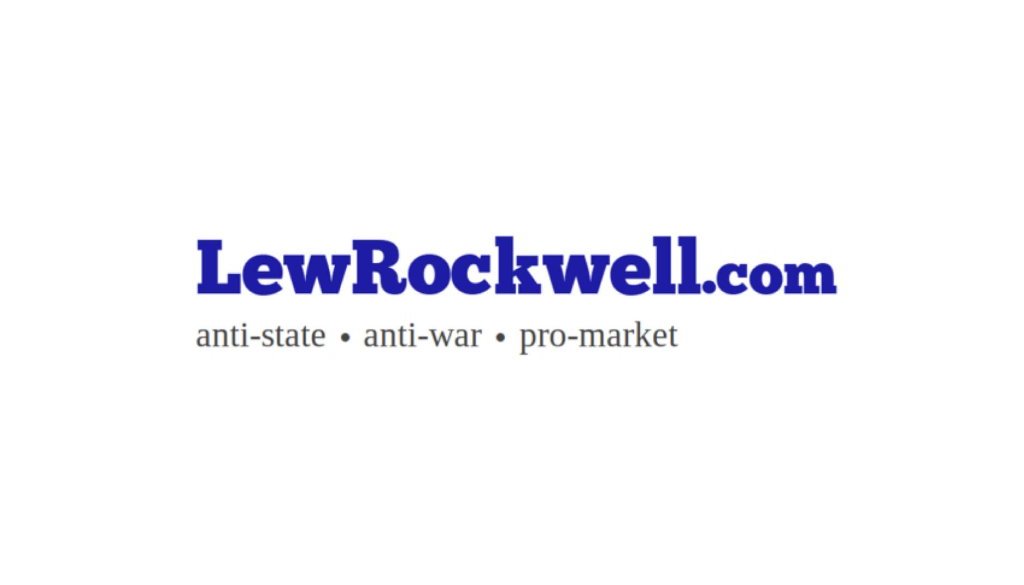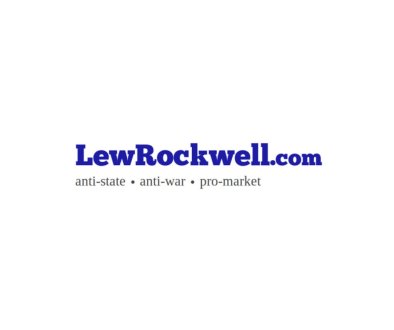Tariffying Times
Unless you’ve worked a lot in logistics and cross-border trade, you may not be aware of the global tariff system. Most countries have a base tariff rate, with variations based on protected products and industrial sectors, or socio-cultural mores that levy a “sin tax” on consumers who enjoy certain luxuries—alcohol and tobacco being the most common.
As of April 3, 2025, Indonesia imposes import tariffs on goods from the United States in accordance with its Most-Favored-Nation (MFN) tariff schedule, as both countries are members of the World Trade Organization (WTO). These tariffs are generally consistent across all trading partners without preferential trade agreements with Indonesia.
General Tariff Structure:
- Non-Agricultural Products: Most tariffs are bound at 35.5%, with certain sectors such as automobiles, iron, steel, and specific chemical products having higher rates or remaining unbound.
- Agricultural Products: Over 1,300 products have tariff bindings at or above 35.5%
Recent Tariff Adjustments:
In October 2023, Indonesia implemented new tariffs on various imported goods under Finance Ministry Regulation No. 96/2023:
- Perfumes: 10-15%
- Hair Products: 15%
- Iron and Steel: 0-20%
- Bicycles(!): 25-40%
- Wristwatches: 10%
Import Licensing and Restrictions:
Beyond tariffs, Indonesia has implemented import licensing procedures and permit requirements that can affect U.S. exports. These measures have been subjects of discussion between the U.S. and Indonesia regarding their alignment with WTO obligations.
U.S. Trade Relations:
In 2024, U.S. goods exported to Indonesia totaled $10.2 billion, while imports from Indonesia were $28.1 billion, resulting in a US trade deficit of $17.9 billion.
For precise and up-to-date tariff information on specific products, consulting Indonesia’s official customs tariff publications or the Directorate General of Customs and Excise is recommended.
Until recently, the United States had a relatively liberal trade policy compared to global standards, but it also maintains targeted protectionist measures in key industries. Here’s how the US compares to the global tariff system:
1. Average Tariff Rates
- The US has an average applied tariff rate of about 2.4%, which is lower than the global average of around 7% (according to WTO data).
- Many developed countries, such as the EU (1.8%) and Japan (2.5%), have similarly low tariffs, while developing nations often impose higher average tariffs (e.g., India ~17%, Brazil ~8%)
Article from LewRockwell

LewRockwell.com is a libertarian website that publishes articles, essays, and blog posts advocating for minimal government, free markets, and individual liberty. The site was founded by Lew Rockwell, an American libertarian political commentator, activist, and former congressional staffer. The website often features content that is critical of mainstream politics, state intervention, and foreign policy, among other topics. It is a platform frequently used to disseminate Austrian economics, a school of economic thought that is popular among some libertarians.




